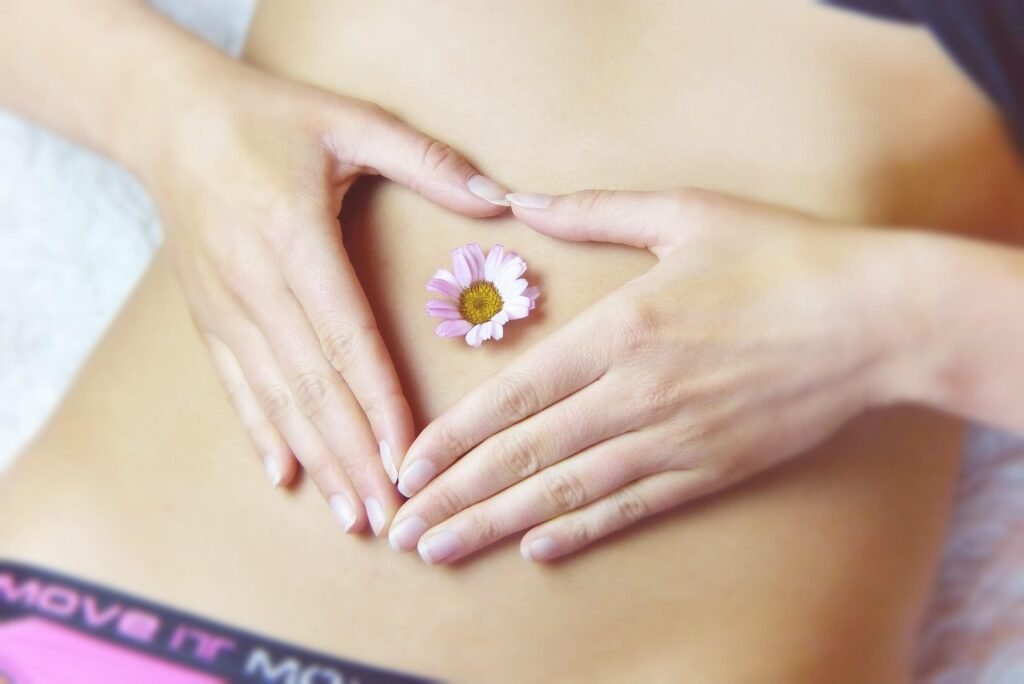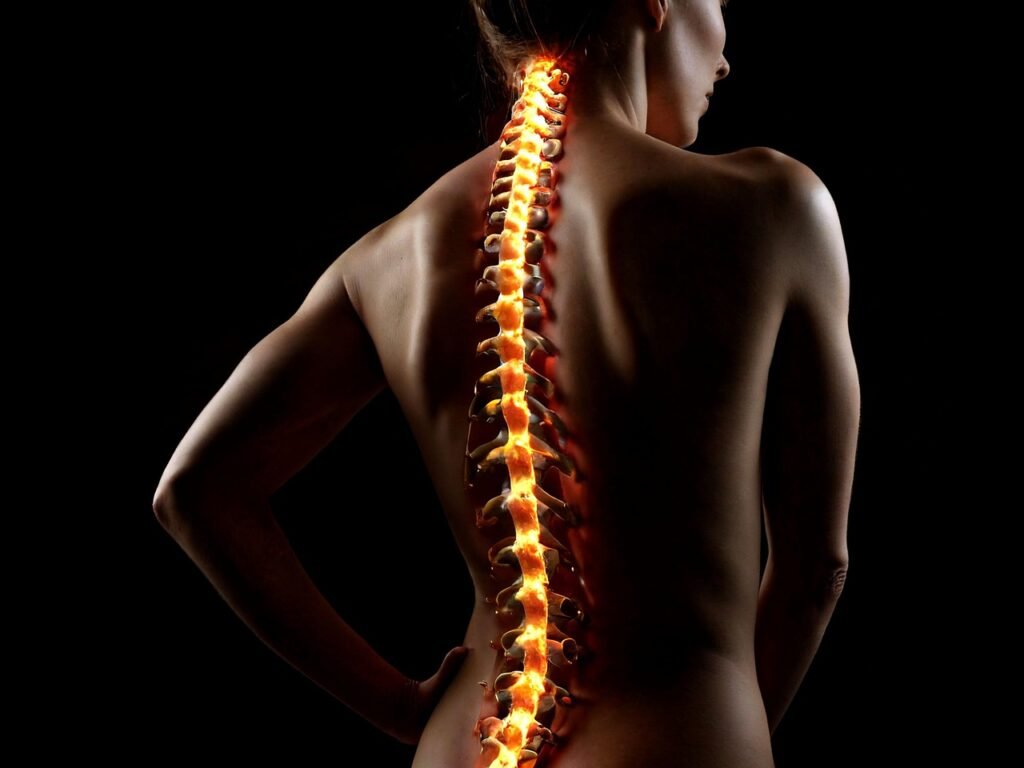Have you ever found yourself battling persistent, unyielding pain that seems to overshadow every aspect of your life? If so, you’re not alone. Chronic pain affects millions of people worldwide, impacting their daily activities, emotional wellbeing, and overall quality of life. While there are numerous treatment options available, you might be on the lookout for natural methods that can provide relief without the side effects often associated with medication. One intriguing method gaining traction is Cold plunge therapy. So, let’s break it down.

What is Cold Plunge Therapy?
Cold plunge therapy, also referred to as cold water immersion or cold therapy, involves submerging your body in cold water for a period of time. This therapy has been broadly utilized in various cultures, particularly among athletes seeking to reduce muscle soreness and speed up recovery. Yet, it’s not only athletes that can benefit—people living with chronic pain may discover that cold plunges can bring a measure of relief to their condition.
The Science Behind Cold Plunge Therapy
When you immerse your body in ice-cold water, several physiological responses kick in. Your blood vessels constrict, leading to reduced blood flow to your muscles and tissues. While this may sound counterintuitive, this process can help lessen swelling and inflammation. Research also shows that cold exposure can stimulate the release of endorphins, your body’s natural painkillers.
By understanding how cold affects your body, you may become more motivated to incorporate this method into your routine.
Benefits of Cold Plunge Therapy
Cold plunge therapy offers a plethora of potential benefits that may resonate with anyone struggling with chronic pain. Let’s unpack some of the most significant advantages.
Reduces Inflammation
Inflammation is often at the root of chronic pain conditions, such as arthritis and fibromyalgia. By submerging yourself in cold water, the immediate vasoconstriction may effectively reduce inflammatory responses in your body. Several studies indicate that cold therapy can significantly lower levels of inflammatory markers.
Alleviates Pain
As previously mentioned, cold exposure can lead to an increase in endorphins, which can help alleviate pain. This short-term pain relief can be beneficial, especially for those experiencing flare-ups.
Enhances Recovery
If you’ve been engaging in physical therapy or rehabilitation, cold plunge therapy can complement your routine. Many athletes find that using cold immersion after workouts enhances their recovery process, and this principle can apply to anyone recovering from physical exertion that may exacerbate chronic pain.
Balances Mood
Chronic pain can be pretty demanding on your mental health. The endorphins released during cold plunge may also contribute to improved mood and reduced feelings of anxiety and depression, offering a holistic approach to pain management.
How to Incorporate Cold Plunge Therapy into Your Routine
So, how can you start incorporating cold plunge therapy into your life? Here’s a practical guide.
Find Your Cold Plunge Source
You don’t need a fancy ice bath or an expensive therapy facility. Many people find success using ice baths at home or even cold showers. Just make sure that whatever method you choose allows you to reach submersion in some capacity.
Start Slowly
If you’re new to cold exposure, it’s crucial to ease into the process. You might start with a cold shower for a few minutes before gradually working your way into longer sessions in the cold plunge.
Timing Is Everything
Consider timing your cold plunges effectively. Many people find that doing it after a workout can maximize recovery benefits. Others might find it helpful in the morning to awaken their senses and prepare their body for the day ahead.
Stay Mindful
While you’re in the cold water, try to stay mindful. Focus on your breathing and the sensations throughout your body. This meditative practice can enhance the therapeutic effects and promote relaxation.
What to Expect When You Begin
When starting cold plunge therapy, be prepared for a potentially shocking experience. The initial cold sensation can feel intense, but it often quickly evolves into a deeply invigorating feeling. You may notice heightened alertness and a sense of relief that can last long after you step out of the cold water.
Common Reactions
You may experience various reactions during and after your cold plunge, including:
| Reaction | Description |
|---|---|
| Tingling Sensation | A sensation you may feel as your blood flow returns to normal. |
| Shivering | Your body’s natural response to cold, which helps generate warmth. |
| Increased Heart Rate | Initially, your heart rate may rise, but it usually stabilizes shortly after. |
| Mental Clarity | Many individuals report enhanced focus and mental clarity after cold exposure. |

Safety Considerations
While cold plunge therapy is generally safe for many people, there are some vital safety considerations to keep in mind to ensure that you’re doing it effectively and without complications.
Know Your Limits
Everyone’s tolerance to cold is different. It’s essential to recognize your limits, especially if you have any pre-existing health conditions that may be exacerbated by cold exposure—such as cardiovascular issues.
Stay Hydrated
Cold therapy can be dehydrating, especially if you’re sweating beforehand. Ensure you drink sufficient water before and after your cold plunge.
Consider Duration
Most experts recommend starting with just a couple of minutes and gradually increasing your time in the cold water as you become more accustomed to the sensation. Always listen to your body and exit the plunge if you begin to feel lightheaded or excessively uncomfortable.
Seek Professional Guidance
If you’re unsure about how to integrate cold plunge therapy into your routine, consider consulting a healthcare provider or a pain management specialist. They can offer personalized advice based on your specific situation and help mitigate any risks.
Alternate Cold Therapy Methods
If cold plunge therapy doesn’t quite resonate with you, there are other methods of cold therapy that you might find beneficial.
Ice Packs
Applying ice packs to specific regions of the body can provide targeted relief. This method is often more manageable than full-body immersion and can be useful for localized pain.
Cold Showers
Taking cold showers is another accessible way to experience the benefits of cold therapy without needing a full plunge. You can start with warm water and gradually decrease the temperature as you become more comfortable.
Cryotherapy
Cryotherapy is a more advanced method that involves exposing your body to extremely low temperatures for a short period. While it often requires visiting a facility, it can produce significant benefits if you’re looking for peak performance during recovery.

Personalizing Your Cold Plunge Experience
Finding what works best for you may take some experimenting. Here are some ways to personalize your cold plunge experience to align with your needs and preferences.
Adjust the Temperature
The ideal temperature for cold plunges usually hovers around 50-59°F (10-15°C), but individual preferences play a significant role. You might find that a slightly higher temperature provides adequate relief while allowing you to manage discomfort.
Background Sounds
Consider some soothing background music or even white noise. This can help you focus during your cold plunge and make it more enjoyable.
Group Sessions
Sometimes doing things with others can motivate you to stick with your routine. So, why not try a cold plunge therapy session with a friend? It may be easier to bear together, and it can turn the experience into a fun activity.
The Mental Aspect of Cold Plunge Therapy
While we’ve focused on the physical benefits and protocols for cold plunge therapy, it’s equally essential to discuss the mental and emotional aspects that can be engaged through this practice.
Mental Resilience
Cold plunge therapy often requires mental fortitude. Overcoming the initial shock can teach you to tolerate discomfort, which may carry over into other areas of your life. The lessons learned in these moments may build resilience, making it easier to tackle daily challenges.
Mindfulness Practice
Being present in the moment during your plunge allows you to practice mindfulness. This practice can have far-reaching effects on your mental health, including decreased anxiety and improved mood.
Community Support
If you join a group or community that incorporates cold plunge therapy, you may find emotional support from others going through similar experiences. This shared journey can lessen feelings of isolation often associated with chronic pain.

Testimonials and Case Studies
The best way to understand how effective cold plunge therapy can be is through the real-world experiences of others. Here are a few anecdotal accounts from individuals who’ve tried it:
Case Study: Athlete Recovery
A professional athlete suffering from chronic tendonitis incorporated cold plunge therapy after training sessions. Over the months, she reported a dramatic decrease in pain levels and improved performance during competitions.
Testimonial: Chronic Pain Sufferer
A chronic pain sufferer found relief by integrating cold plunge therapy into his routine. After diligently practicing for six weeks, he reported significant improvements in his pain levels, noting that his average pain rating had reduced by about 40%.
Conclusion
As you navigate the often tumultuous waters of chronic pain management, cold plunge therapy may emerge as a viable and natural option for relief. It offers not only physical benefits like reduced inflammation and pain relief but also promotes mental resilience and mindfulness.
While cold plunge therapy won’t be a miracle cure for everyone, the science and anecdotal evidence suggest that giving it a try could yield meaningful results for you. Take it slow, listen to your body, and consider sharing the experience with a friend. You may find this chilly approach to pain management surprisingly refreshing on your journey toward better health and wellbeing.


